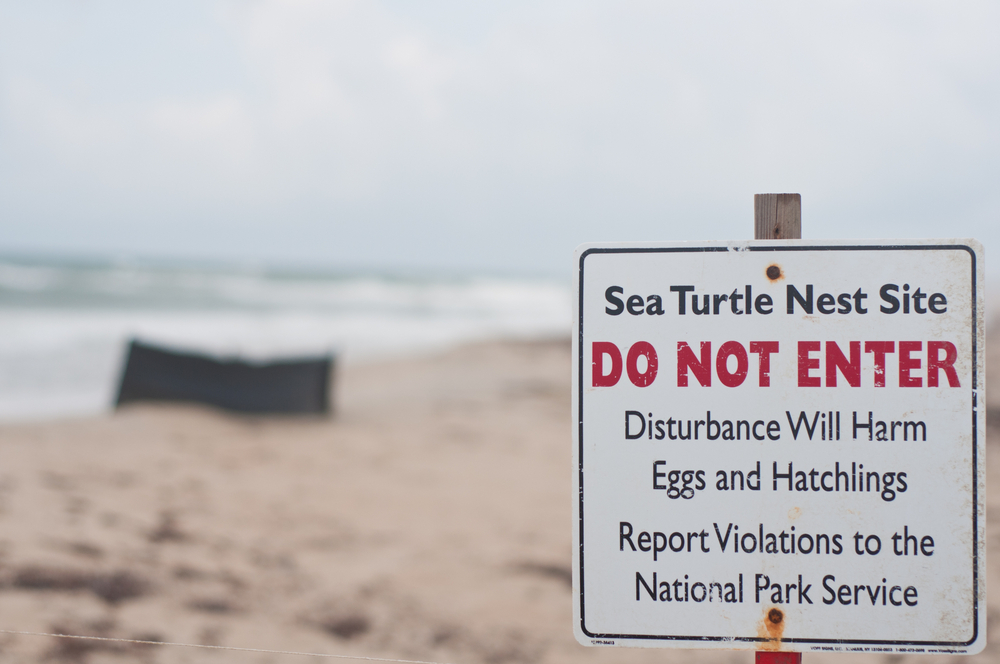Endangered species face the looming threat of extinction, often because of habitat loss, climate change, pollution, and poaching. Many of these species live close to home, inhabiting the forests, wetlands, and rivers in our regions, yet their presence often goes unnoticed until it’s nearly too late. Learning about endangered species in your area and understanding how to help them is one of the most meaningful ways to protect biodiversity and preserve the natural beauty of our ecosystems.

In many regions, deforestation and land conversion for agriculture have destroyed critical habitats for local wildlife. Amphibians, such as the spotted salamander in North America, rely on moist woodland habitats for breeding and are particularly sensitive to habitat loss. Salamanders are not alone in facing such threats; the bog turtle, one of the smallest and rarest turtles in the United States, is also losing its wetland habitat to urbanization and agriculture. Protecting wetlands, forests, and even small wooded patches in urban areas can make a big difference for these species, as these habitats provide essential breeding grounds, food sources, and shelter.
In addition to habitat protection, reducing pollution is essential for safeguarding local endangered species. Many animals rely on clean rivers and lakes for survival, yet pollution from agricultural runoff, industrial waste, and plastic debris has contaminated these vital water sources. Fish, amphibians, and aquatic birds suffer from toxic exposure, which not only weakens them but also disrupts the food chain. Supporting clean water initiatives, avoiding chemical pesticides and fertilizers, and participating in river clean-ups are practical ways you can contribute to keeping waterways safe for these species.
Climate change also plays a role in the endangerment of local species, especially those sensitive to temperature and precipitation changes. In the western United States, the wolverine, a rare and elusive mammal, relies on deep snow for denning and hunting. Warmer temperatures have resulted in earlier snowmelt, putting wolverine populations at risk. Similarly, rising sea levels and increased storm intensity threaten the nesting habitats of coastal birds and turtles. By supporting policies that address climate change, conserving energy, and reducing waste, you’re directly contributing to the survival of species impacted by climate shifts.

Awareness and education are powerful tools in the fight to protect endangered species. By learning about the animals that are at risk in your region, you become an advocate for their survival. Organizations dedicated to wildlife conservation often host educational programs and offer ways for the public to get involved. Supporting these organizations through donations or volunteer work not only funds crucial research but also fosters a community of people passionate about conservation. Simple acts like sharing information on social media or attending conservation talks can inspire others to join the cause and make a difference.
Helping endangered species close to home requires a multi-faceted approach. Reducing your environmental footprint, supporting conservation policies, and preserving local habitats are all tangible ways to protect these animals. Every action counts, from planting native plants that offer food and shelter to avoiding harmful chemicals that pollute the land and water. As stewards of our local ecosystems, we have a responsibility to ensure that future generations can experience the rich biodiversity that makes our regions unique. With dedication and small, consistent efforts, we can help safeguard endangered species in our regions, preserving the beauty and diversity of nature right where we live.
